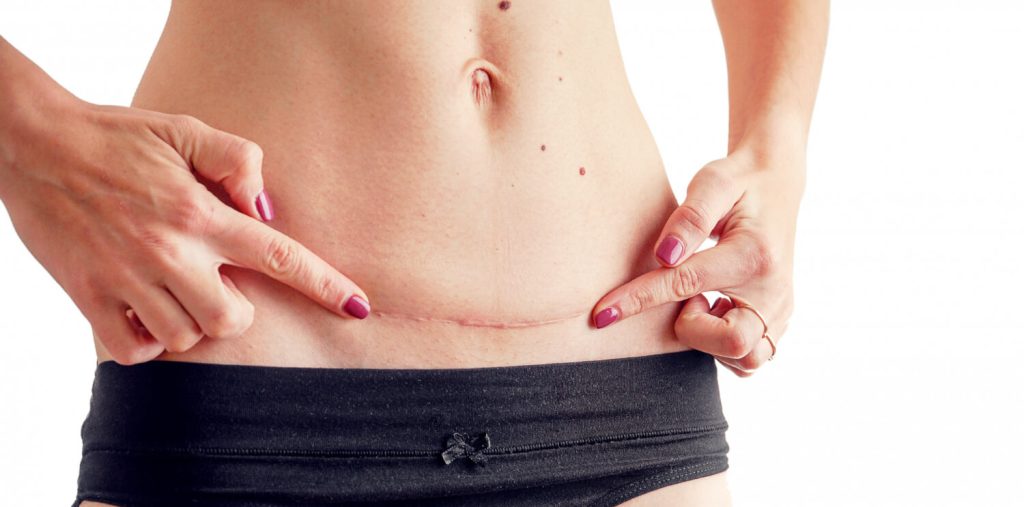Have you ever wondered what your skin would look like after plastic surgery? This question crosses the minds of thousands of Americans considering cosmetic procedures each year.
Picture yourself six months after your dream procedure. Would you be able to wear that bikini confidently? Could you go sleeveless without worrying about visible marks? These concerns might be racing through your mind right now, and we understand.
Understanding what happens during each stage of scar formation could help you make informed decisions about your procedure timing, surgical technique, and aftercare routine.
Ready to explore what you can realistically expect from your plastic surgery scars?
Understanding the look of plastic surgery scars
Plastic surgery scars can vary depending on the type of procedure, the location on the body, and each person’s healing process.
Most scars start as thin lines that may appear red, pink, or even light brown, depending on skin tone. Over time, they usually lighten and become less noticeable.
The appearance can include:
- Thickness: some scars stay flat and subtle, while others may be slightly raised.
- Texture: scar tissue often feels firmer than the surrounding skin, especially during the first months.
- Color: depending on healing and skin type, scars may look lighter or, in some cases, darker than the natural skin tone.
Common locations of plastic surgery scars
Location plays a key role in how scars look and how visible they are:
| Procedure | Scar location | Visibility level |
| Tummy tuck (abdominoplasty) | Horizontal line below the abdomen | Moderate |
| Breast augmentation | Around the areola or breast crease | Low to moderate |
| Breast lift (mastopexy) | Around the areola, vertical or “T” shape | Moderate |
| Facelift | Around the ear and along the hairline | Discreet |
| Rhinoplasty | Base of the columella (between the nostrils) | Low |
| Liposuction | Small incisions in hidden areas | Low |
| Arm lift (brachioplasty) | Inner part of the upper arm | Moderate |
| Thigh lift | Inner part of the thigh | Moderate |
| Brazilian Butt Lift (BBL) | Small incisions near the buttocks | Low |
| Eyelid surgery (blepharoplasty) | Natural folds of the eyelids | Discreet |
It’s common for plastic surgery scars to go through several stages before reaching their final appearance.
Factors that influence plastic surgery scars
Several factors determine how scars develop:
- Skin type and genetics: people prone to keloids or thicker scars may have more noticeable marks.
- Surgical technique: smaller incisions placed in natural folds can help with camouflage.
- Postoperative care: use of ointments, sunscreen, and medical follow-up can improve scar healing.
- Age: younger patients may develop more active scars, while in older adults the healing process tends to be slower.
- Lifestyle: smoking, sun exposure, and diet directly affect recovery.
How long do plastic surgery scars take to fade
The healing timeline of scars can vary. In the first few months, the skin tends to be more sensitive, with a reddish or pinkish color.
Between six months and a year, there is usually progressive improvement in appearance.
- First weeks: fresh scar, more visible.
- 3 to 6 months: color begins to fade.
- 6 to 12 months: scar tends to become flatter and lighter.
- After 1 year: many scars are already softened, although some may remain noticeable.
There are differences between hypertrophic scars (raised), keloids (extending beyond the incision area), and thin scars. Each person’s result is unique.
Treatments that help with plastic surgery scars
Several treatments can help improve the appearance of plastic surgery scars:
- Laser: helps with texture and color.
- Microneedling: stimulates collagen and improves skin uniformity.
- FDA-approved topical creams: used to hydrate and soften the area.
- Silicone sheets: recommended to reduce scar thickness.
- Scar revision surgery: indicated for more noticeable scars.
It is important to discuss these options with the surgeon before starting any additional treatment.
Read more:
➕ How to minimize scars after plastic surgery?
Frequently asked questions about plastic surgery scars
👉 Do plastic surgery scars go away completely?
In most cases, they fade significantly but do not disappear entirely.
👉 Do scars look different depending on skin tone?
Yes. On darker skin tones, scars may appear more pigmented.
👉 Is scar revision surgery possible?
Yes, there are specific techniques to improve older scars.
👉 Can tanning make scars worse?
Yes, sun exposure can darken the scar and prolong the visible phase.
When to consult a plastic surgeon in Miami
Before undergoing any procedure, an open conversation with a plastic surgeon helps align expectations about scars.
At Smart Plastic Surgery in Miami, each patient receives detailed guidance on where the incisions will be placed, how to care for the skin during recovery, and which options may be used to minimize marks.
For those who want to better understand how plastic surgery scars may look, the next step is to schedule a consultation and review with a professional what results to expect.



